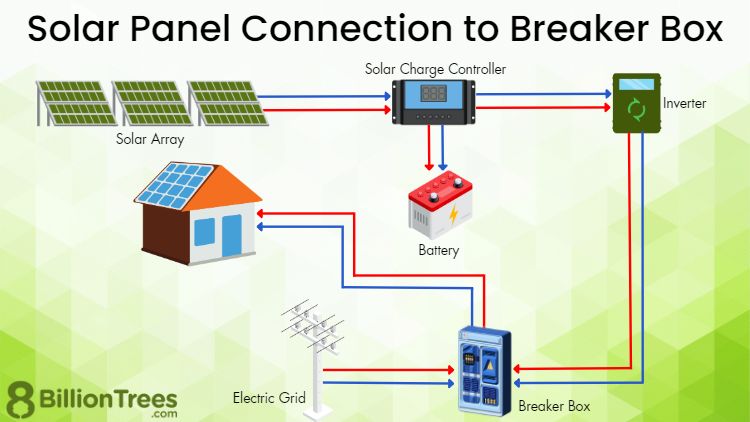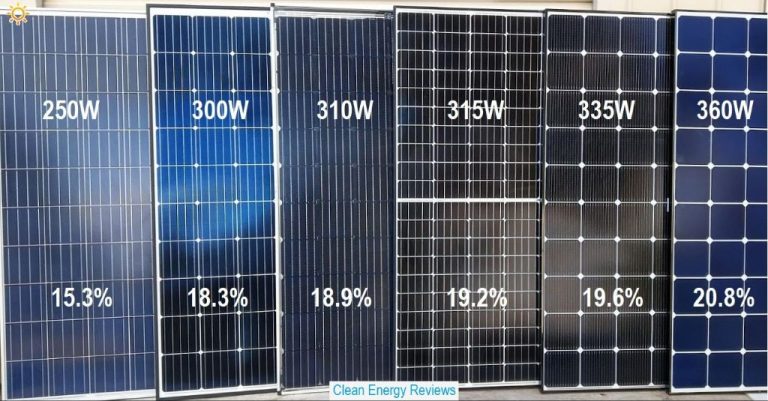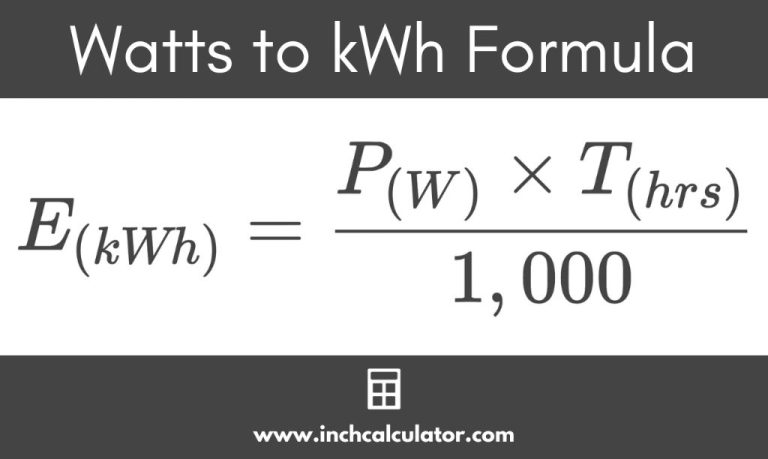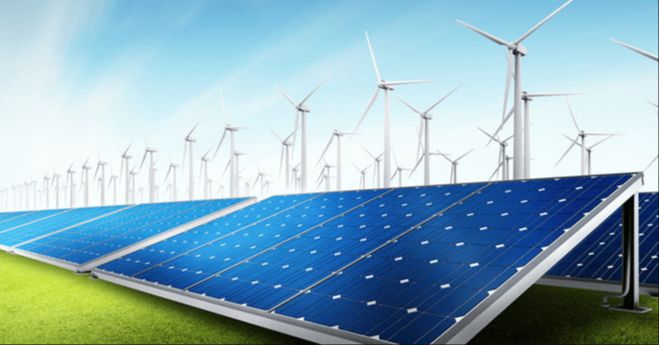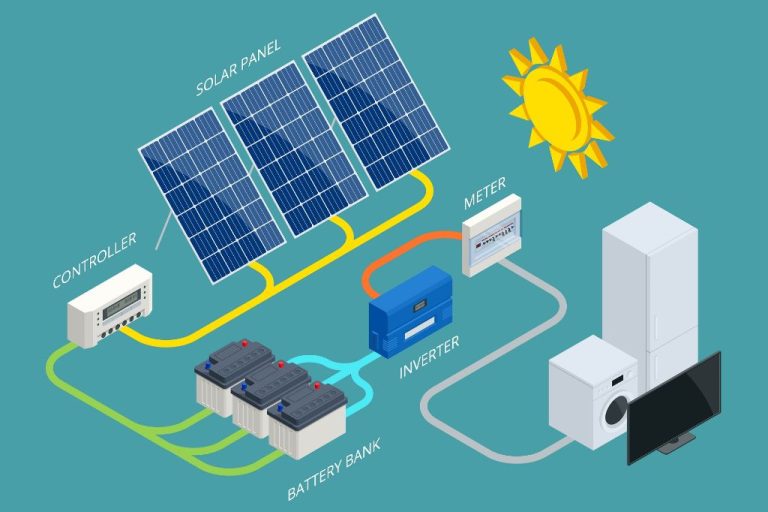Why Is Solar So Cheap Now?
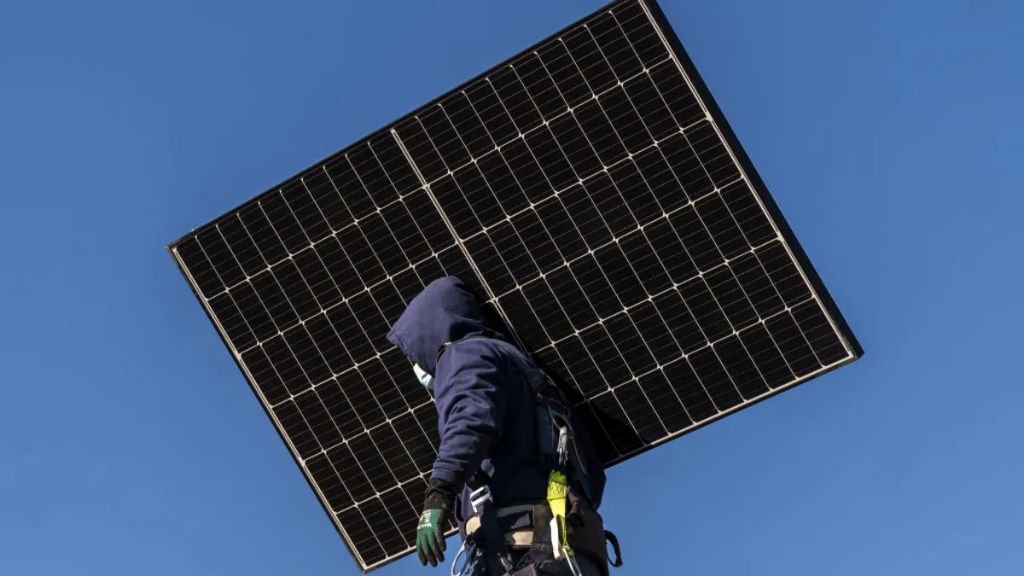
Solar panels have seen a dramatic decline in costs over the past decade. In 2010, a typical residential solar system cost around $7.50 per watt. Today, that cost has fallen to around $2.70 per watt, a decrease of over 60% (https://www.nrel.gov/news/program/2021/documenting-a-decade-of-cost-declines-for-pv-systems.html).
There are several major factors driving this steep drop in the price of solar. Improvements in solar panel efficiency, manufacturing scale and supply chains, stronger competition, supportive government policies, declining installation costs, new financing models, and growing consumer demand have all combined to make solar energy much more affordable today.
This article will explore the key reasons why the cost of solar has declined so rapidly, making it competitive with fossil fuel energy sources.
Improved Solar Panel Efficiency
One of the main drivers behind the declining cost of solar power over the past decades has been the significant improvements in solar panel efficiency. According to Energysage (link), solar panel efficiency has steadily increased from around 10% in the 1980s to over 20% for high-end panels today. This means modern solar panels can generate over twice as much electricity compared to early solar panels.
These major gains in efficiency have been enabled by advances in solar cell materials and manufacturing techniques. Researchers have developed more efficient solar cell designs and improved materials like monocrystalline silicon and thin-film technologies that absorb sunlight and convert it into electricity more effectively (link). Manufacturing processes have also become more sophisticated, with better automation, quality control, and economies of scale further boosting panel efficiency.
The net result is that higher efficiency panels today can generate more electricity per square meter than ever before. So utilities and consumers can install fewer panels to achieve the same energy output. This directly translates into lower solar system costs and shorter energy payback times for solar power.
Economies of Scale
The solar industry has grown exponentially in the last decade, with massive increases in solar panel production and system installations around the world. This rapid scaling has enabled significant cost reductions through economies of scale. According to Energysage, global solar PV installations have increased over 3,000% in the last 10 years, from 30 gigawatts in 2010 to over 1,000 gigawatts at the end of 2021. As companies have been able to produce solar panels and related components at ever larger volumes, the cost per unit has come down substantially.
For example, a study from the National Renewable Energy Laboratory (NREL) found that for every doubling of manufacturing capacity for crystalline silicon PV modules, costs have declined by 23.5%. Larger factories and increased automation have reduced labor requirements per panel. Buying materials like aluminum, silicon, and glass in bulk has also lowered input costs. As solar manufacturing has expanded into India, Malaysia, Thailand, and other regions with lower labor costs than China, global production costs have declined as well.
The massive growth in installations has also allowed solar developers to achieve economies of scale in system design, permitting, labor, customer acquisition, supply chain management, and financing. By deploying solar at gigawatt scale, companies can streamline processes and reduce soft costs across the board. The cost of a typical residential solar system has dropped by over 70% in the past decade, with much of these cost reductions attributed to economies of scale across the industry.
Supply Chain Improvements
One major driver of the decrease in solar costs is improved efficiencies within the solar supply chain.Transforming Solar Supply Chains, a global initiative, has focused on promoting advancements in solar manufacturing to boost output and lower costs. As the scale of solar panel production has rapidly grown over the past decade, manufacturers have invested in more specialized equipment and streamlined processes. This has reduced the cost per watt of solar panels by 80% since 2009, according to the Solar Energy Industries Association.
Economies of scale have also enabled cheaper raw material costs for solar panels. Polysilicon, the main raw material for solar panels, has dropped drastically in price as production volumes have increased globally. In addition, new solar panel technologies use less polysilicon, further cutting material costs. For example, thin-film solar panels only require 1% of the polysilicon used in traditional crystalline silicon solar panels. As solar continues to expand globally, supply chain improvements and economies of scale will likely lead to even cheaper solar power.
Stronger Competition
The solar industry has seen many new entrants into the market over the past decade. Major solar panel manufacturers based in China and other parts of Asia have dramatically expanded production, flooding the market with competitively-priced panels. According to Statista, global solar panel production reached 379 gigawatts in 2022, up from 303 gigawatts just a year earlier.[1]
The United States has also seen steady growth in the number of solar panel manufacturing businesses, which encourages competition. Data from IBISWorld shows 19 enterprises in the US solar panel manufacturing industry as of 2024, a modest increase from 16 enterprises five years earlier.[2] This influx of manufacturers has intensified the level of competition.
With so many players in the global solar supply chain, there is constant downward pressure on prices as companies compete aggressively on cost. The increased competition has been a major driver in bringing down solar panel prices worldwide.
Supportive Government Policies
Government policies at the federal, state, and local levels have played a major role in accelerating solar adoption and making it more affordable. Key policies include tax credits, rebates, incentives, targets, and mandates aimed at growing renewable energy. The federal government offers a 26% tax credit for installing residential solar panels through 2034 which reduces the upfront cost significantly (Thirdway). Many states and utilities also provide additional rebates and incentives on top of the federal credit. For example, states like California, New Jersey, and Massachusetts have robust solar incentive programs that lower costs for residents (SolarSmart). Targets set by state governments for utilities to generate a percentage of their electricity from renewable sources have accelerated solar adoption. Over 30 states have renewable portfolio standards requiring utilities to meet goals of 20-50% clean energy by 2030-2050 (Energy5). These supportive policies have been critical to spurring rapid growth in solar installations.
Declining Installation Costs
In addition to decreasing equipment costs, the installation process for solar panels has also become faster and more efficient over time. According to research from the National Renewable Energy Laboratory (https://www.nrel.gov/news/program/2021/documenting-a-decade-of-cost-declines-for-pv-systems.html), the soft costs associated with solar installation, like labor and permitting, have fallen dramatically in recent years. Installers can now put solar systems in place faster, safer and cheaper than ever before.
Advancements in mounting equipment, wiring systems and panel configurations have streamlined the physical installation process. Installers now have access to sophisticated software tools and digital aids that optimize system design and minimize on-site construction time. The permitting and inspection process has also accelerated in many markets as local authorities gain experience with solar projects. Knowledgeable installers are able to manage paperwork and move through the approval process quickly. Reductions in labor and permitting costs have made the overall expense of going solar much more affordable.
Financing Innovations
New financing models have made solar more affordable and accessible for homeowners and businesses. Some key innovations include:
Power Purchase Agreements (PPAs) allow customers to go solar with no upfront cost by contracting with a developer who owns and operates the system. The customer pays only for the power produced each month, at a rate lower than their utility, so solar is cash-flow positive from day one. PPAs have unlocked access for customers who lack the ability to take on loans. According to the Solar Energy Industries Association, PPAs accounted for 27% of commercial solar installations and 6% of residential in 2020. [1]
Solar leasing similarly allows $0 down solar with monthly payments, increasing adoption. While less common than PPAs in the commercial sector, solar leases made up 13% of the residential market in 2020. [2]
Securitization of solar loans into financial products has tapped into new sources of low-cost capital from fixed-income investors. This has helped drive down customer borrowing costs. Securitization funded $3.7 billion in U.S. solar loans in 2019, up 150% from 2018. [3]
Growing Customer Demand
One of the key drivers in the dramatic drop in solar pricing has been growing customer demand. According to the Solar Energy Industries Association (SEIA), the U.S. solar market grew 43% in 2020 due to strong residential and commercial installations (SEIA). Increased environmental awareness, lower electricity bills enabled by solar, and improved storage solutions are fueling this customer enthusiasm for solar.
Many customers are eager to reduce their carbon footprint and help fight climate change by adopting renewable energy. Polling shows that a majority of Americans are worried about climate change and want more clean energy (Pew Research Center). Solar power offers an accessible way for households to ‘go green’ and shrink their individual carbon footprint.
Falling prices for solar panels and batteries also allow homeowners and businesses to dramatically cut their electricity bills by supplying their own renewable power. Energy bill savings are now the number one reason households go solar, cited by 86% of customers according to the SEIA (SEIA). With solar allowing people to take control of their energy costs, it’s no wonder demand is surging.
Finally, improved energy storage solutions are letting customers tap solar power around the clock. With batteries from Tesla and others, excess daytime solar energy can be stored for overnight use. These major advances make solar an affordable and reliable clean energy choice.
Conclusion
In summary, the plummeting costs of solar over the past decade can be attributed to major improvements in solar panel efficiency and manufacturing, economies of scale, advances throughout the solar supply chain, increased competition among solar companies, favorable government policies, declining balance-of-system and installation expenses, new financing options for consumers, and growing customer demand for renewable energy. Looking ahead, experts predict solar will continue to get cheaper, with some estimates suggesting utility-scale solar electricity costs could fall another 40% by 2030. Key factors likely to drive further declines include continued technology improvements, larger-scale solar farms and production facilities, increasingly streamlined permitting and installation processes, ongoing policy support, proliferation of solar leasing models, and the long-term replacement of fossil fuel generation with renewable energy sources.

